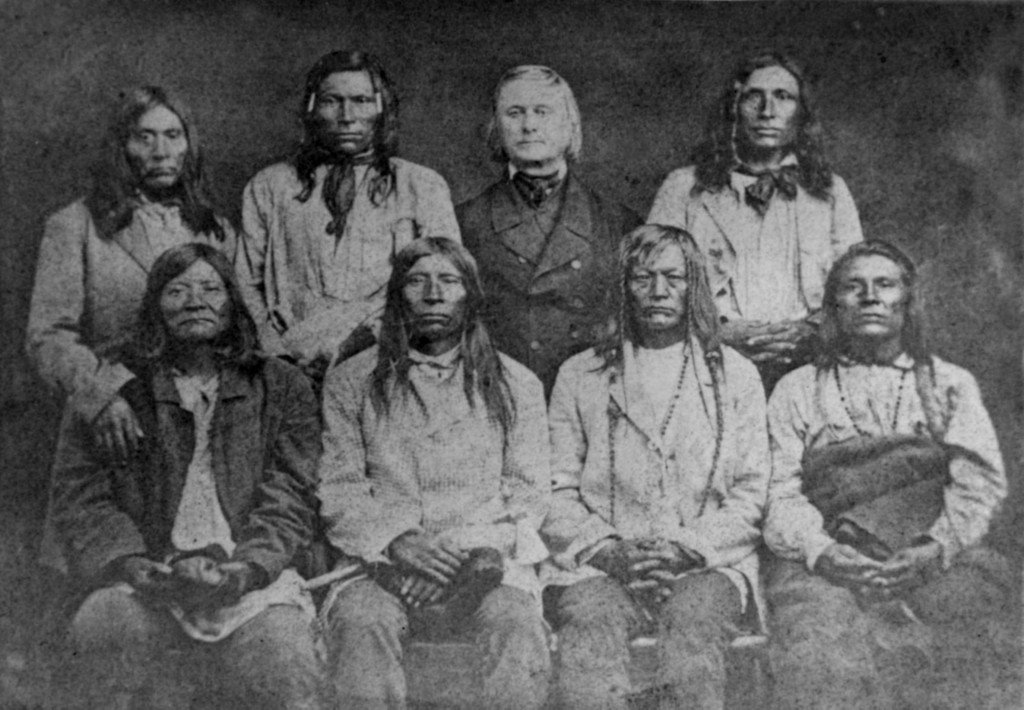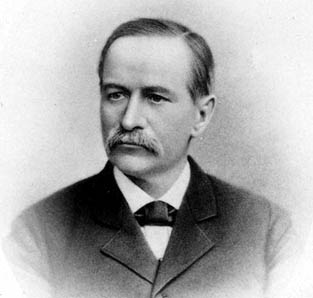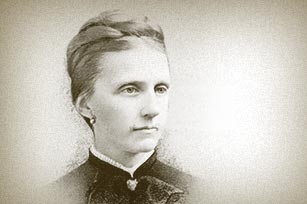By Anthony Charette
In recent years tons of printed material have been expended to criticize and commiserate with the social condition of the American Indian. Given all the accounts in the liberal press, their condition during these years has deteriorated and the selfsame pres offers no viable solution, other than more welfare dollars and the introduction of gambling casinos to what is basically a problem in the moral order of things. Yet the Catholic Church from the very beginning of American colonization has known and prescribed the solution: Civilize the Indian through religion and education.
The first explorers to brave the terrors of the unknown and the frequent murderous reaction of the aborigines were Catholics. In their wake came the great missionaries. Some suffered martyrdom, like Saint Isaac Jogues and Sebastian Rasle; the former put to death by the Indians, the latter by bigoted white men. Other holy pioneers of civilization, like Bishop Frederic Baraga in the American mid-west and the Jesuit Father Eusebius Kino in New Mexico and Arizona, extended their life and suffering into old age. The motto “In coelo requies” –you rest in Heaven- of another frontier bishop, Benedict Flaget, certainly applies to all Indian missioners, for theirs applies to all Indian missioners, for theirs were lives of great hardship and exertion.
The crowning achievement in the Indian apostolate was accomplished by Pierre De Smet. Working in the Rocky Mountain region, this Jesuit priest converted the Indians by the thousands in an extremely arduous effort, for the tribes were widely scattered. Because of his honesty and his willingness to share the rigors of their life, he gained for himself an enormous influence among the numerous tribes, including the redoubtable Sioux.
However, the life of the Church on earth resembles that of Our Lord Jesus Christ. Divine in its origin, means, and end, it enjoys great successes; but, at the same time, and even more often, it suffers from cruelties and hatred. The Indian apostolate was no exception. The discovery of gold, the desire for Indian lands, and anti-Catholic political pressure brought these happy circumstances to an end. A war of extermination followed. In California alone, the Indian population fell from 100,000 souls to 30,000. When the more militant Cheyenne and Sioux decided that death was preferable to passive surrender, Father De Smet was brought in to defuse the volatile situation, which resulted, among other interventions, in the famous expedition to Sitting Bull. A lone Jesuit, broken in health, proved in numerous, painful journeys that the Word of God is more powerful than the military campaigns of hundreds of soldiers.
Unfortunately, the federal officials exhibited a monumental lack of gratitude by betraying not only the Indians but their Catholic missionaries as well. In 1871 President Grant placed all Indian missionary activity under government control in what has come to be known as Grant’s Peace Plan. At that time, the Catholic Church numbered over a hundred-thousand converts among the tribes while the various Protestant groups could count only fifteen thousand. Yet, of the forty agencies to which the Catholics were entitled, they received only eight. This injustice occasioned a growing, uphill fight for future Catholic missionary work and a backdrop for the magnificent apostolate of Blessed Katharine Drexel.
Born to Great Wealth
Katharine Mary Drexel was born in 1858 into of the wealthiest and most socially prominent families in Philadelphia. Katharine’s father, Francis Anthony Drexel, and his two brothers took their father’s brokerage business and expanded it into an enormously successful investment-banking house of sufficient size to be capable of advancing funds to the United States government to cover the cost of several military adventures.
Moreover, this family was a paradigm of what an aristocratic a family should be, for in their personal lives they strove for spiritual perfection and in their public activities used their wealth for the betterment of society. Besides a city mansion, a country home, rounds of lavish debuts and luxurious European trips, Francis Drexel and his wife Emma gave their three daughters something incomparably greater than material wealth: a religious environment for spiritual growth and an understanding of social responsibility.
As the daughters grew up, each one took an interest in some specific charitable work, with Katharine taking a particular interest in the plight of the American Indian. In 1872, at the age of fourteen, she came under the spiritual direction of Fr. James O’Connor, an eminently qualified priest who had preciously been rector of the Philadelphia diocesan seminary. When strained relations developed between Fr. O’Connor and Archbishop Wood, who also had difficulties with St. John Neumann, the former was demoted to a parish in the outskirts of town which included the Drexel country home. But, as often happens in the spiritual life, this initial disappointment eventually revealed the hand of God, for the close spiritual relationship between the learned priest and his young penitent resulted several years later in the foundation of a new religious Order designed specifically for apostolate among Indians and Blacks.
Dawning of a Vocation
In 1876 Divine Providence again intervened. Fr. O’Connor was raised to the rank of bishop and assigned to the Vicariate Apostolic of Nebraska, an area then occupied mostly by Indians and frontiersmen. As the two continued to exchange letters, Katharine’s interest in Indian welfare increased.
Bishop O’Connor wrote of the Custer Massacre at the Little Big Horn where Sitting Bull trapped and annihilated 264 men of the 7th Cavalry. Because of the influence of Fr. De Smet, the Sioux chieftain had agreed to locate on a reservation, but had left when, due to government negligence, he faced starvation. Once again, another Catholic priest jumped into the fray. The Benedictine Abbot Martin Marty rode to meet Sitting Bull, although the chief had vowed to kill the first white man he saw. Invoking the name of De Smet, the Benedictine obtained an agreement for a truce. In other letters, Bishop O’Connor spoke of the poverty of the Indians and the indifference of the government agents, but mostly he wrote of the desperate need for teachers and schools.
While Katharine’s parents lived, they munificently provided for the poor for the city. Mrs. Drexel held open house twice a week at the family mansion in town. There the poor and destitute received money or its equivalent for food, clothing, fuel, or rent. She employed women to follow up on special cases of need, anticipating, in a much more personal way, today’s use of social workers. It has been estimated that Emma Drexel disbursed in today’s figures between one-quarter and one-half million dollars annually. After her death in 1883, followed by Francis Drexel’s two years later, their daughters assumed the family tradition of generosity in all its aspects.
Grant’s Peace Plan of 1871 did not work. Only the Catholic Church maintained a vigorous, comprehensive apostolic activity. Some of the Protestant groups kept a few missions operating, but the majority abandoned their effort. By 1885 the plan was dead.
From that point on the United States Government slowly withdrew its support from the religious denominations and attempted to completely secularize Indian education. Since the Catholic Church was the principal educator, this had the effect of driving them from any missionary activity among the Indians. The only solution was for the Church to raise it’s own funds.
Some months after her father’s death, Katharine was visited by Martin Marty, by then Bishop and vicar apostolic of the Dakota Territory, and Fr. Joseph Stephan, head of the Catholic Indian Bureau. Deeply moved by their plea, Katharine agreed to increase her participation. But her lively and generous concern for those neglected souls also increased in her a desire to give more than just money; she also wanted to give herself. While Katharine was nursing her mother during her final agonizing weeks, unable to lessen her pain, she profoundly realized the vanity of man’s existence, suffering as he does from original sin. Heretofore she had always tried to give God first place in her life; now she felt a call to give Him everything.
Taken from Tradition, Family and Property, November-December 1994, Pp. 36-39.












